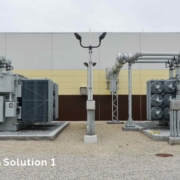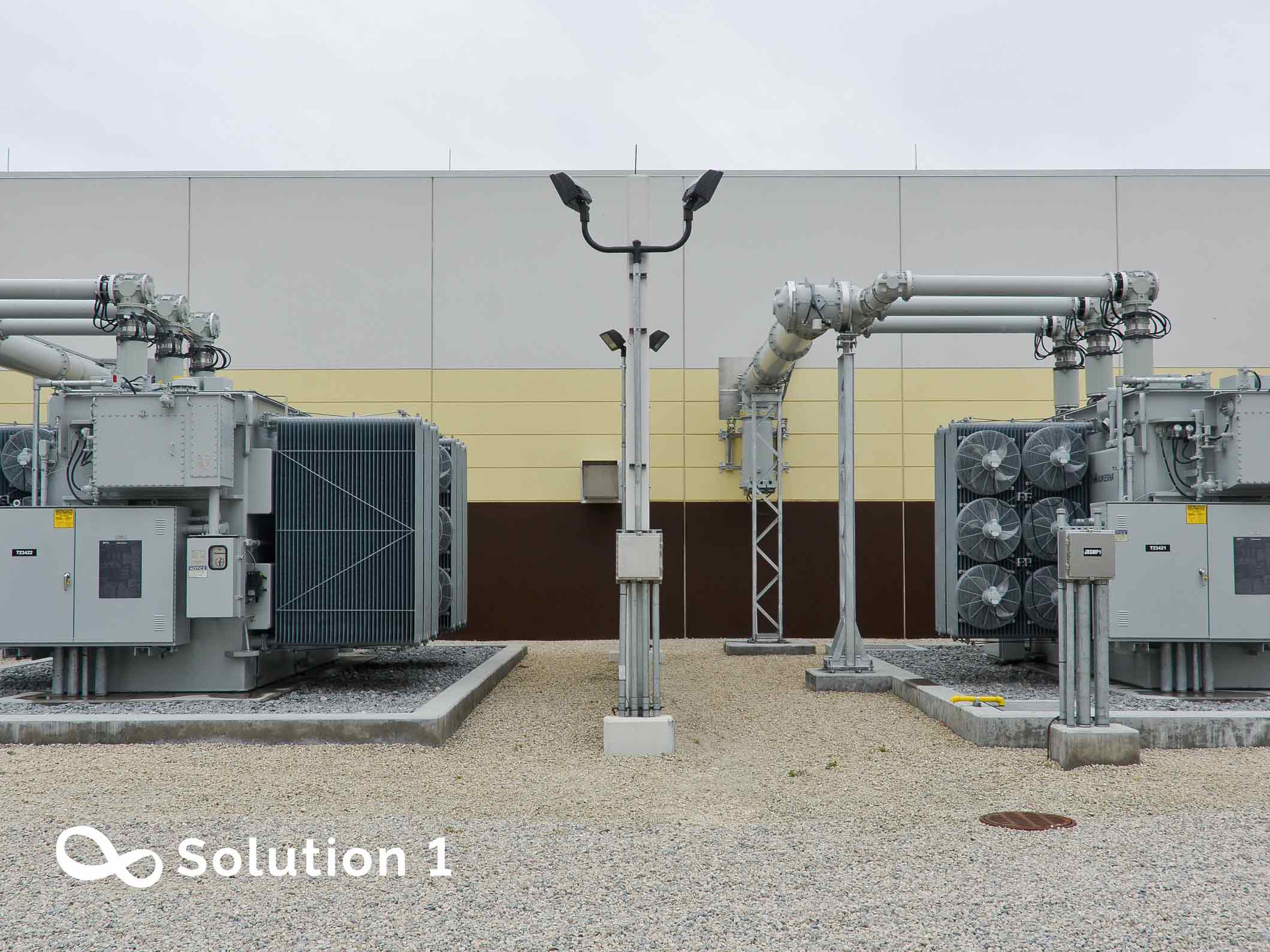Smart grid technologies are meeting the challenges of the exponential growth of cities worldwide with increased resiliency and efficiency.
- The smart grid’s objective is to turn the traditional grid into a secure, scalable, and sustainable electric grid.
Because of the effects of climate change, more people have started focusing on the issues of energy conservation, carbon reduction, efficient energy use, and so on. In recent years, with the exuberant development of networks, the concept of the smart grid is promoted vigorously. By promoting this, people hope to use and control energy efficiently.
The need to modernize the electricity grid gave birth to a new technology which is nowadays called smart grids that are more autonomous and enhances efficiency. Smart grids are electricity networks that enable the flow of electricity in two ways and also pro-actively detect and react to several issues, as well as changes/updates in usage.
“According to Meticulous Research, the smart energy management market is expected to grow at a CAGR of 15% from 2022–2029 to reach $47.64 billion by 2029. The growth of the overall smart energy management market is attributed to the increasing energy consumption, rising awareness about carbon footprint management, growing inclination towards efficient energy management, and rising inclination towards corporate responsibility and brand image. In addition, modernization of energy infrastructure, increasing investment in smart cities, and integration of energy management systems with smart devices are expected to offer significant growth opportunities for the growth of this market.”
- Some European countries and the US realized the necessity of modernization of the power grid in the 1980s and made significant progress in transforming the smart grid.
Moreover, the traditional power grid can be replaced with smart grids. Compared with the traditional power grid, a smart grid can monitor users’ electricity situation and electricity consumption at a faster rate. Moreover, thanks to the availability of bidirectional communications, a smart grid can raise the efficiency of electricity and the reliability of the power grid.
The modern power system has to be more reliable, efficient, and effective since we have entered the digital era.
As technology advances and the demand for electricity increases, it has become imperative to implement methods that address the generation, distribution, and storage of electrical power. The development of electrical grids globally has been very slow over the years, with the ever-increasing energy demands it has led to economic, environmental, and political unrest.
“According to the European Commission, two-thirds of the world’s population is expected to live in cities in 2050, consuming more than 70% of global energy production.”
There has been an ongoing global discussion on the implementation of smart grids. Smart grids offer a lot of benefits when it comes to revamping and making strides in the electric network structure and most works carried out in this area have been centered in developed countries. The perceived characteristics of smart grids include facilitation in the generation, distribution, and storage, optimizing asset utilization, and real-time monitoring.
The smart grid shifts the current conventional grid into a more modernized grid that can function cooperatively and responsively. Users, generators, and consumers may intelligently be integrated into the grid to provide efficient, secure, and economically feasible supplies. The smart grid incorporates distributed intelligence, bi-directional-based infrastructure for communications, and power flow to improve system efficiency, reliability, and sustainability. Furthermore, the smart grid is a network that integrates digital computing capabilities and highly automated services into the already existing power system infrastructure.
The balance between supply and demand can be maintained at every instant due to the availability of emerging communication technologies which ensures that real-time data is exchanged. With the advancement in smart metering, the real-time monitoring of remote electric loads has provided the best possible solution to consumers for economically consuming energy thereby reducing the cost.





